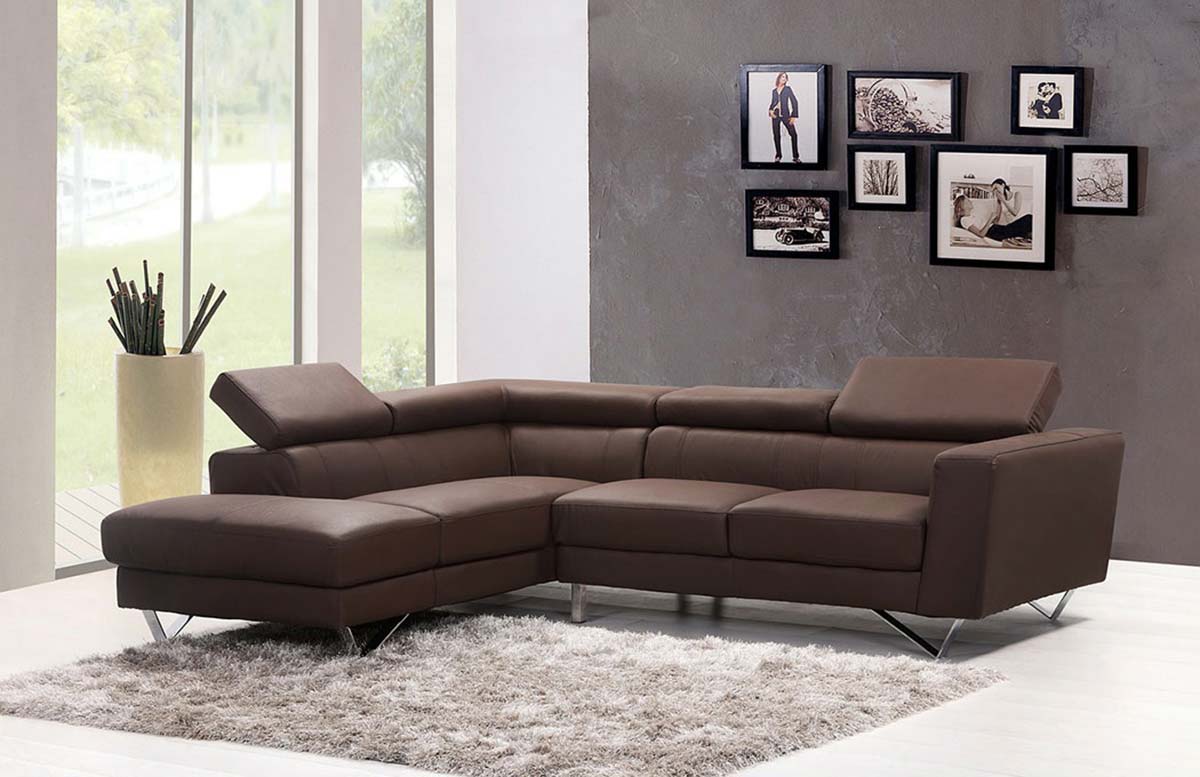In this era of endless choices, picking the right sofa can be a tough decision to make and it can involve a lot of questions. What size makes the most sense for my space? How to determine the best colour and material? What is the style of my perfect sofa and how can I make sure it is comfortable for all family members?
Let’s move forward and figure it out.
Placement
You might want to follow a tendency to push the sofa against the wall, but take a moment before actually doing it. In some rooms it might be a necessary due to size restrictions; however, in most of the cases, there is room to pull sofa away from the wall, and trust me you’d be amazed how big a difference it can make.
Across from a window – If you’ve got a nice big window at the front or the back of the room, try placing your sofa across from it in order to take advantage of the great view.
In front of the window – Sofa placed in front of the window can look as great as against it. Just make sure you don’t block the window and leave a gap of 25cm – 30cm to give your sofa space ‘to breathe’ and allow your window treatments to move.
In the middle of the room – This is probably my favourite and it is usually for design pros and design risk takers who want to break up the space. Backless sofa facing away from the dining room can define the conversation area in an open floor plan.
Size
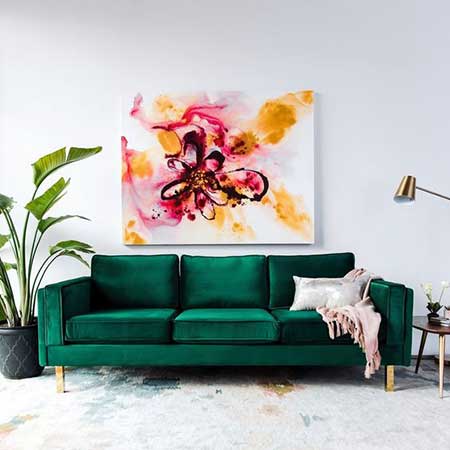
Sofa is a big-ticket item and it’s very important for it to suit your space well. So, make sure you measure the room before buying a sofa. You don’t want it too big or too small.
Determine where you want your sofa to be and make sure that architectural conditions will allow your sofa to move in. Double check door widths and heights, elevator size, stairs to make sure sofa can pass through on delivery. If access is limited, determine whether the sofa you will be buying can be disassembled by removing cushions, legs, or arms in order to help to manoeuvre while bringing it in. You might also want to opt for low-back style or a modular design that can be delivered in sections.
Pro tip: Take your measuring tape and measure the footprint of the future sofa location. Tape off the perimeter of your measurements with tape to help you visualise how much room your sofa is going to take.
Style
Sofas – Perfect for a more traditional room arrangement, a 140cm – 160cm sofa would best suit small spaces, while 165cm – 220cm can fit a larger room.
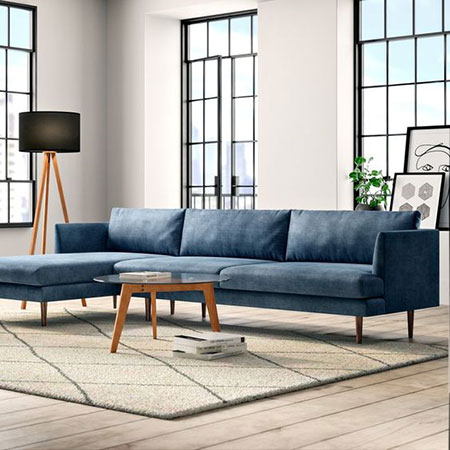

Loveseats/settee – Also known as 2-seaters, loveseats can offer comfort and style while not overwhelming the room. It can create a cosy seating when paired with a side table and chair in an open floor plan.
Small sectionals – Your space is limited and you want all the benefits of sectional? Go for a small sectional to provide plenty of comfort seating and entertainment for family.
Large sectionals – Typically used in homes with open floor plan, large sectional sofa can function as a space divider separating dining area from a living room. Made of modular pieces, it allows to be configured into different shapes to maximally fit the room.
Sleeper sofa – Go for sleeper sofa, also known as a sofa-bed, if you are looking to add that extra function to your space. If you have houseguests often, it might be the right choice to create extra sleeping space.
Colour
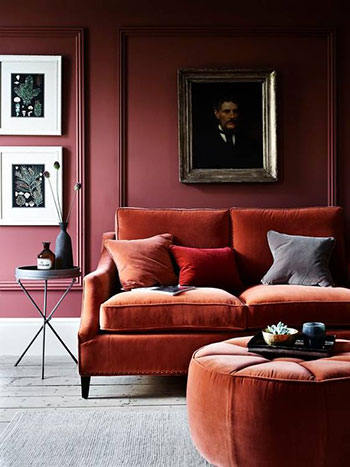

Sofa is often a biggest statement in the room, so choosing the right colour is essential.
Want something that allows constant change and will get you through the latest trends? Go for a neutral sofa and just swap your throw pillows when craving for a fresh look.
Want to make a statement in the room? Vibrant terracotta will instantly provide that eye-catching look as well as wrap up the space. Want to balance between versatility and eye-catching colour? You will want to go for a blue or green. They are great to work with any colour scheme, but chromatic enough to provide great visual effect.
Material
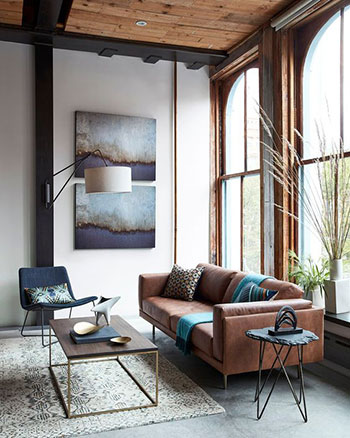

Determine how much wear your sofa is going to have, as upholstery fabric will have a huge impact on the room, and will either make your life easier or more difficult. Natural materials may fade out over time; you might want to go for synthetic material if your sofa will be exposed to strong sunlight. If you have little kids or pets, high-performance textiles like lustre velvet or chenille tweeds are easy to clean and help resist stains and abrasion. Loose covers are also worth investigating, as they are easy to be removed for cleaning. Linen blends are great for a casual and organic look and feel and they often come in a natural and synthetic mix.
Want something with both durability and organic feel? Twills are the best for both.
Want something which will only get better over time? Leather sofas will accumulate the character, and like a great pair of jeans, leather changes in tone according to use and tells a story of its owner over time.


With over 8 years of experience in residential design in multiple countries and cultures, Katerina Kerdi has a passion for design, details, and a desire to promote well-being and transform daily life. Katerina may be contacted on kate@katekerdi.com , Instagram: @katekerdiinteriors

